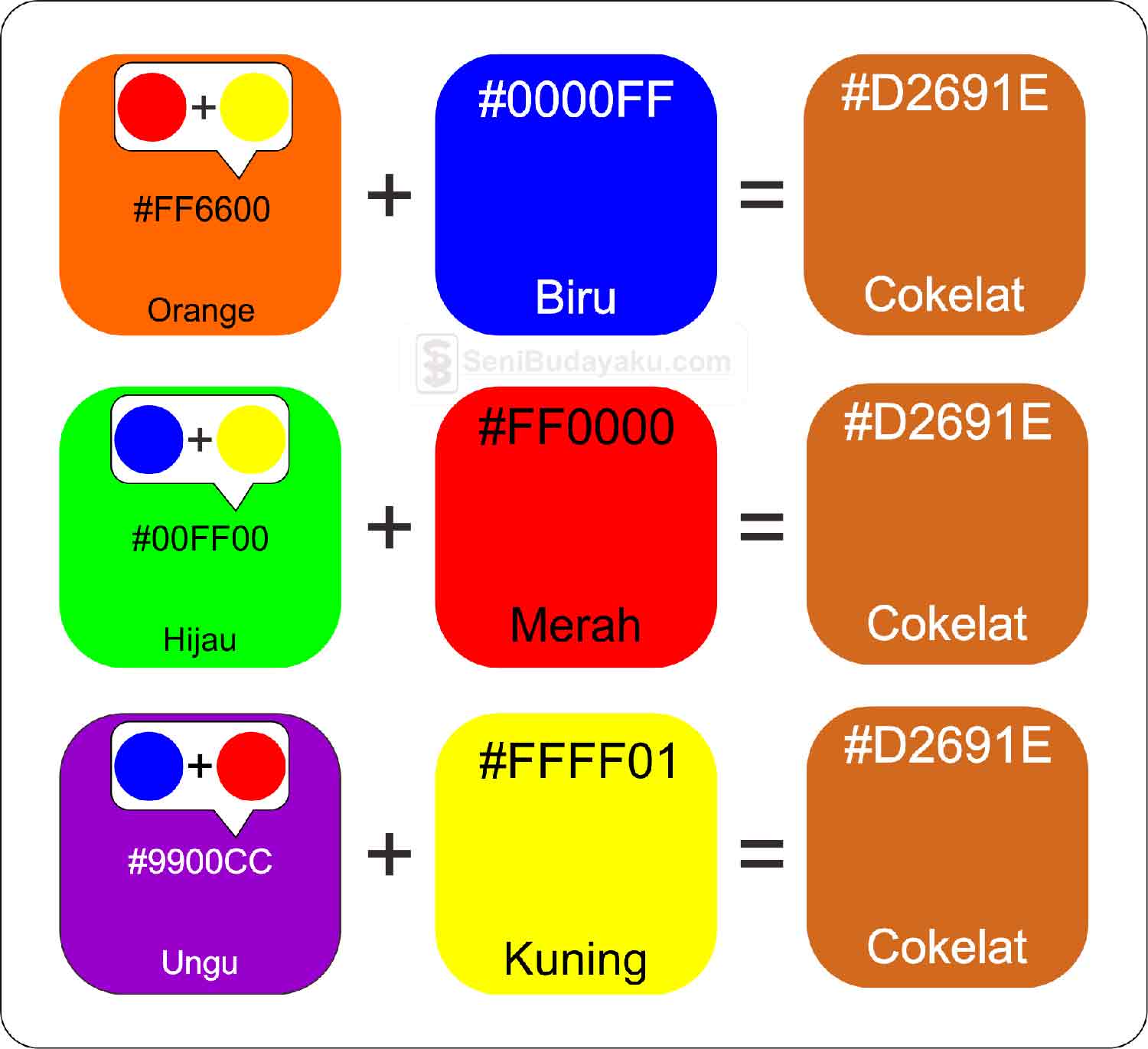Mixing Colors to Create Black The Ultimate Guide
Ever stared into the inky depths of a seemingly simple black surface and wondered about its hidden complexities? It's more than just the absence of light; in the world of color, black is often an achievement, a carefully orchestrated combination of hues. This exploration delves into the fascinating world of creating black through color mixing – a technique with a rich history and surprising versatility.
The concept of achieving black by mixing colors, often referred to as "subtractive mixing," is fundamental in various fields, from painting and printing to textiles and even digital displays. Unlike "additive mixing" where light is combined (like on your computer screen), subtractive mixing relies on pigments absorbing specific wavelengths of light. The remaining light is what we perceive as the resulting color. So, theoretically, combining enough pigments that absorb all wavelengths should produce black.
The quest to create the perfect black has driven artists and scientists alike for centuries. Early cave paintings utilized charcoal and other natural pigments to achieve dark tones, while later advancements in chemistry brought forth a wider array of colorants. The Renaissance masters experimented extensively with color mixing, using techniques like layering glazes to create rich, nuanced blacks. Understanding the history of creating black through color mixing gives us insight into the ongoing evolution of color theory and practice.
The importance of understanding how to mix black lies in its versatility. While pre-made black pigments are readily available, mixing your own allows for greater control over the final hue and undertones. You can create warmer or cooler blacks, or even blacks with subtle hints of other colors. This level of control is crucial for artists seeking specific effects and for professionals in fields where precise color reproduction is paramount, like printing.
However, achieving a true black by mixing colors can be surprisingly tricky. The pigments available often aren't perfect absorbers of all wavelengths, and their interaction can lead to muddy or dull results. This challenge is a key issue for those venturing into the realm of color mixing, making careful selection and experimentation with pigments essential.
Typically, artists working with paints combine red, yellow, and blue to create a dark, almost-black color. However, achieving a true, rich black often requires the addition of a darker pigment like dark blue or brown. For printers, the CMYK color model uses cyan, magenta, yellow, and key (black) – the inclusion of black ink highlights the difficulty of producing a deep black solely through mixing.
One benefit of mixing your own black is achieving nuanced variations. Combining burnt sienna with ultramarine blue can result in a warm, earthy black, while phthalo blue and alizarin crimson yield a cooler, more intense black.
Another advantage is cost-effectiveness. Instead of purchasing numerous pre-mixed colors, you can create a range of dark shades using a limited palette of primary and secondary colors.
A third benefit lies in the creative exploration it encourages. Experimenting with different color combinations leads to a deeper understanding of color theory and can unlock unique artistic expression.
Advantages and Disadvantages of Mixing Your Own Black
| Advantages | Disadvantages |
|---|---|
| Nuanced color control | Can be time-consuming to achieve the desired shade |
| Cost-effective | May require practice and experimentation |
| Encourages creative exploration | Pigment variations can lead to inconsistent results |
Five best practices for mixing black:
1. Start with a limited palette: Begin with primary colors (red, yellow, blue) and gradually introduce darker shades.
2. Test on a separate surface: Before applying to your final piece, experiment on a palette or scrap paper.
3. Mix gradually: Add small amounts of pigment at a time to avoid over-darkening.
4. Consider the medium: The type of paint or ink you use will affect the final color.
5. Keep records: Note the color combinations you use to recreate successful mixes.
FAQs
1. What colors make black? Red, yellow, and blue can make a dark color, but a richer black usually requires additional darker pigments.
2. Why is mixing black challenging? Pigments aren't perfect light absorbers.
3. Can I mix black with acrylic paint? Yes.
4. What about watercolor? Yes, but achieving a deep black can be more difficult.
5. Is it cheaper to mix black? It can be.
6. How do I make a warm black? Try adding brown or red hues.
7. How do I make a cool black? Use blue or green undertones.
8. What is subtractive color mixing? It's combining pigments that absorb light, as opposed to adding light sources.
Tips and Tricks: Experiment with complementary colors, like red and green, or blue and orange, to create interesting variations of black. Use a palette knife to thoroughly mix the pigments and avoid muddiness. Document your experiments and create a color mixing journal.
In conclusion, achieving black by mixing colors is more than just a simple technique. It's a journey into the fascinating world of color theory and a gateway to creative expression. Understanding the intricacies of subtractive mixing empowers artists and professionals to achieve nuanced control over their palettes, opening doors to a world of rich, vibrant, and surprisingly complex blacks. While challenges exist, the rewards of creating your own black are well worth the effort. By experimenting with different pigment combinations and employing the best practices outlined, you can unlock the power of color mixing and elevate your artistic endeavors to new heights. Explore the depth and richness that mixing your own black can offer. You might be surprised at the beautiful and nuanced results you can achieve.
Decoding the acc championship game location
Mastering atv bolt patterns your guide to safe secure wheel installations
Navigating open relationships when a spouse encourages external connections













